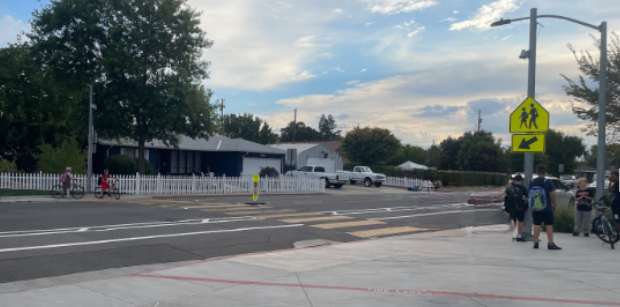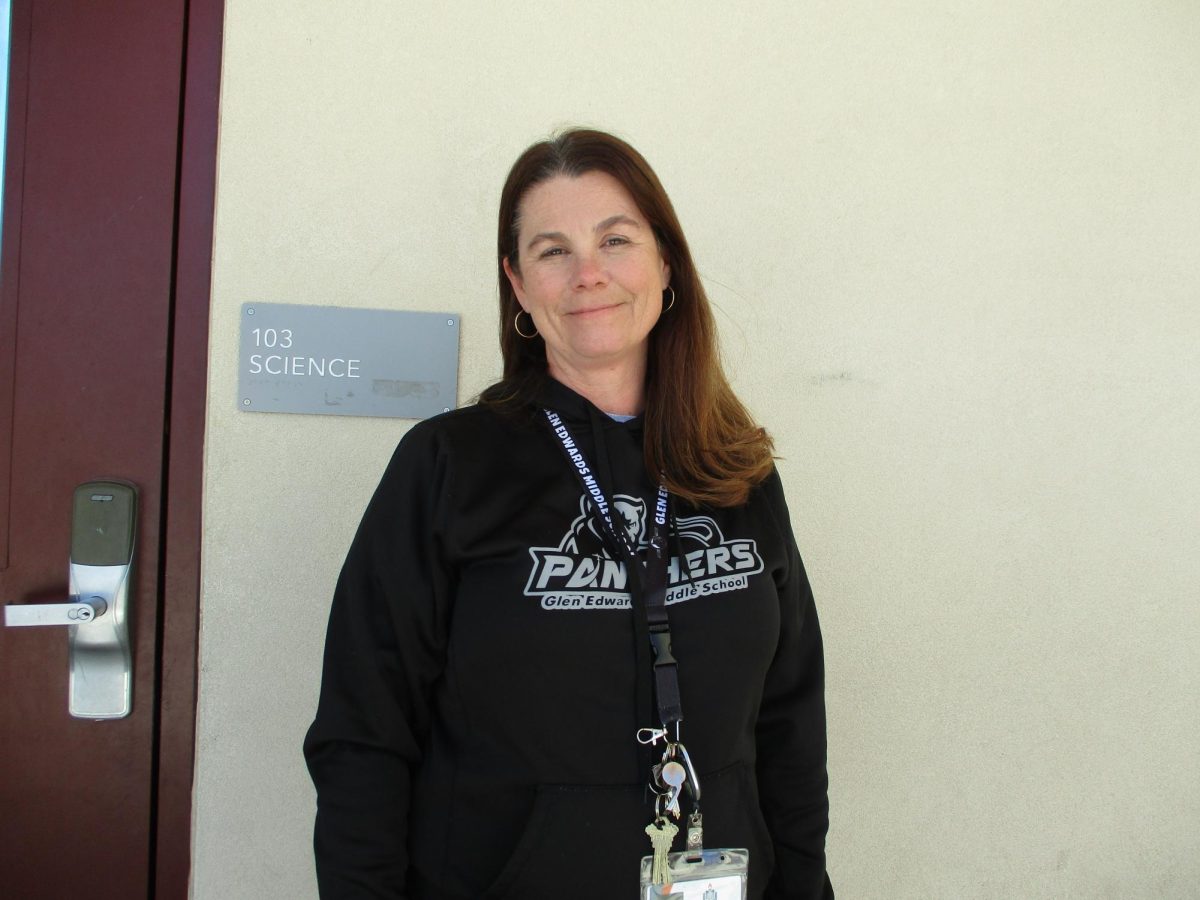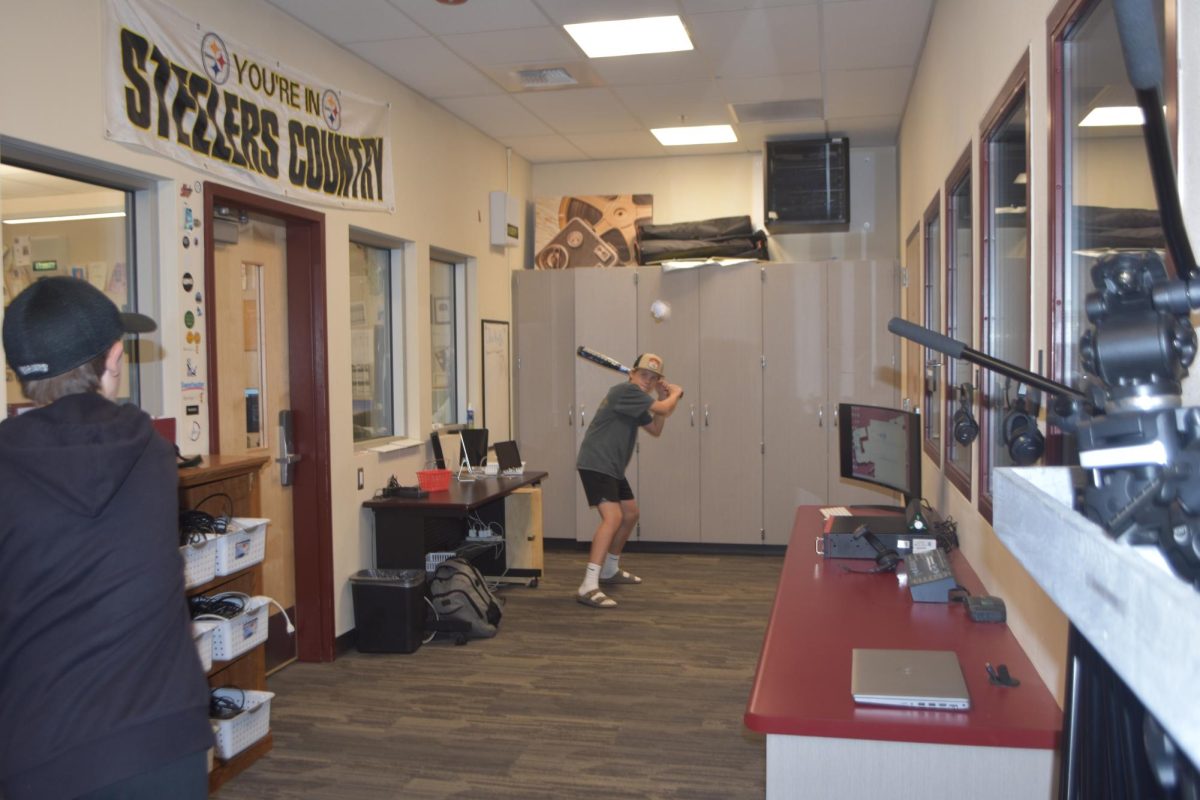The Cultural Fair is an event that allows students to explore and learn about the histories and traditions of various cultures. It provides an inclusive environment where members of all backgrounds can share their heritage and learn from one another. The event encourages students to engage with the cultures represented, ensuring that all participants are treated fairly and with respect. Each presentation at the fair includes several required elements: a large title representing the country or culture, a flag, a map of the region showing the capital and major cities as well as physical features like terrain, a discussion of the climate and weather, an exploration of cultural elements such as religion, holidays, festivals, sports, language, and music, and one or more food or drink recipes.
In an interview about the event, Natalie Cervantes Gonzalez, the president of the Cultural Fair, shared how her own cultural background shapes her view of such events. “Growing up, my mom taught us a lot about our Russian culture,” she explained. “I loved learning about traditions and taking part in these celebrations with my family. I think it’s great to celebrate your ancestors and the part of the world they came from. Running the Cultural Fair is a great opportunity for students to learn about their own personal history, as well as the histories of their fellow students.”
Cervantes also addressed some of the challenges faced in organizing the Cultural Fair. “Mainly, it’s about organizing time for groups of students to work together, as well as dealing with the potential weather conditions on the day of the event,” she noted. Despite these challenges, she explained how students are encouraged to actively participate. “Students are given half of their time to run their booth and the other half to go out and explore other booths. For the most part, students are very willing to participate in the event.”
When asked whether cultural fairs impact how students view diversity, Cervantes emphasized the importance of learning about other cultures. “Yes, I think the first step to accepting and celebrating other people’s cultures is learning about them,” she said. She also highlighted the creative ways students showcase their cultures, particularly through food. “A huge part of most cultures is the making and sharing of food. This is a creative and engaging way for students to share their culture with others during the event.”
Finally, Cervantes shared her reflections on what has surprised and inspired her through the event. “I am always amazed by how many different cultures are represented on campus,” she said. “It’s inspiring to see how much students know about their families and their traditions. The Cultural Fair is a wonderful reminder of the rich diversity that exists in our school community.”




































